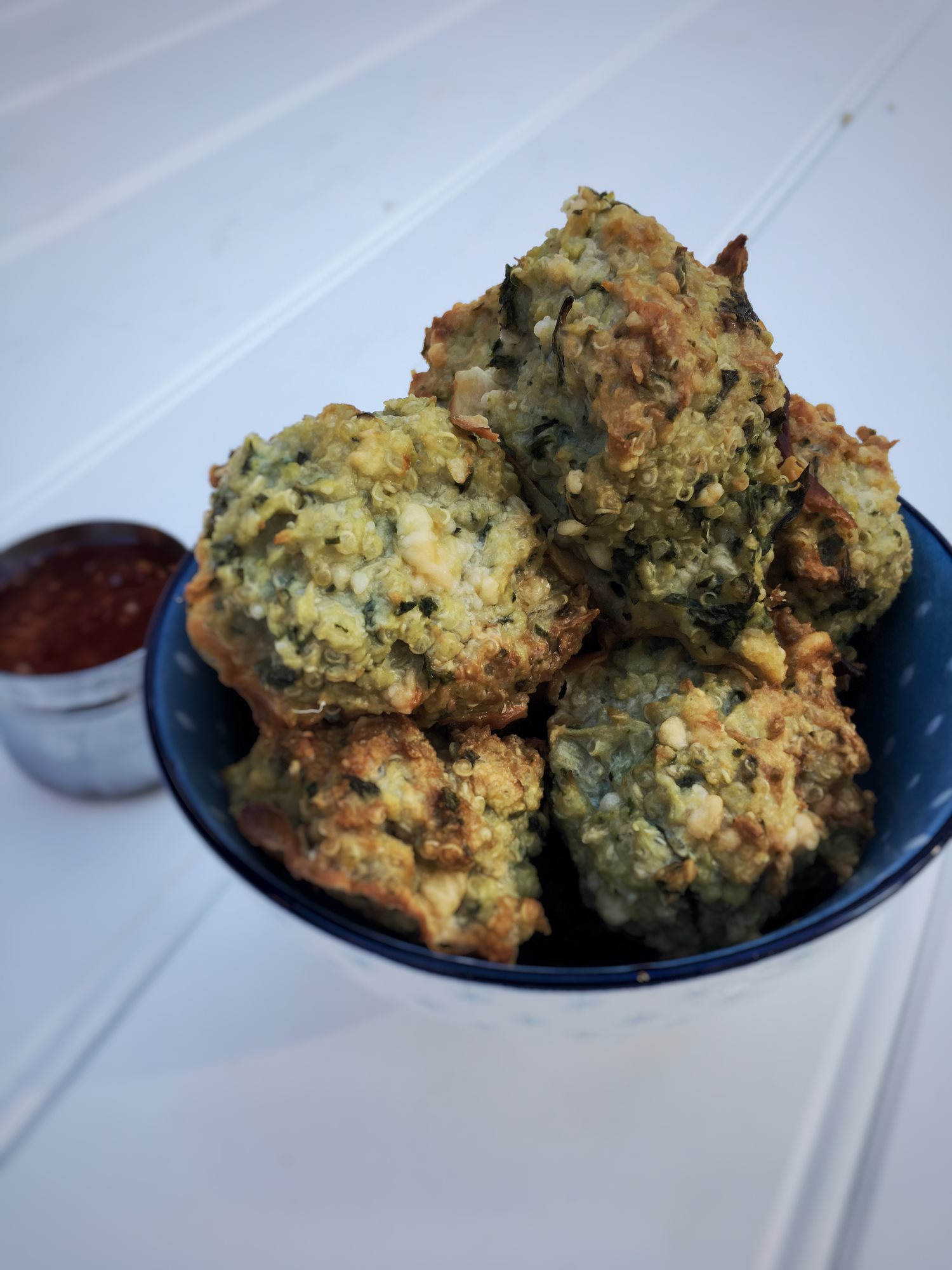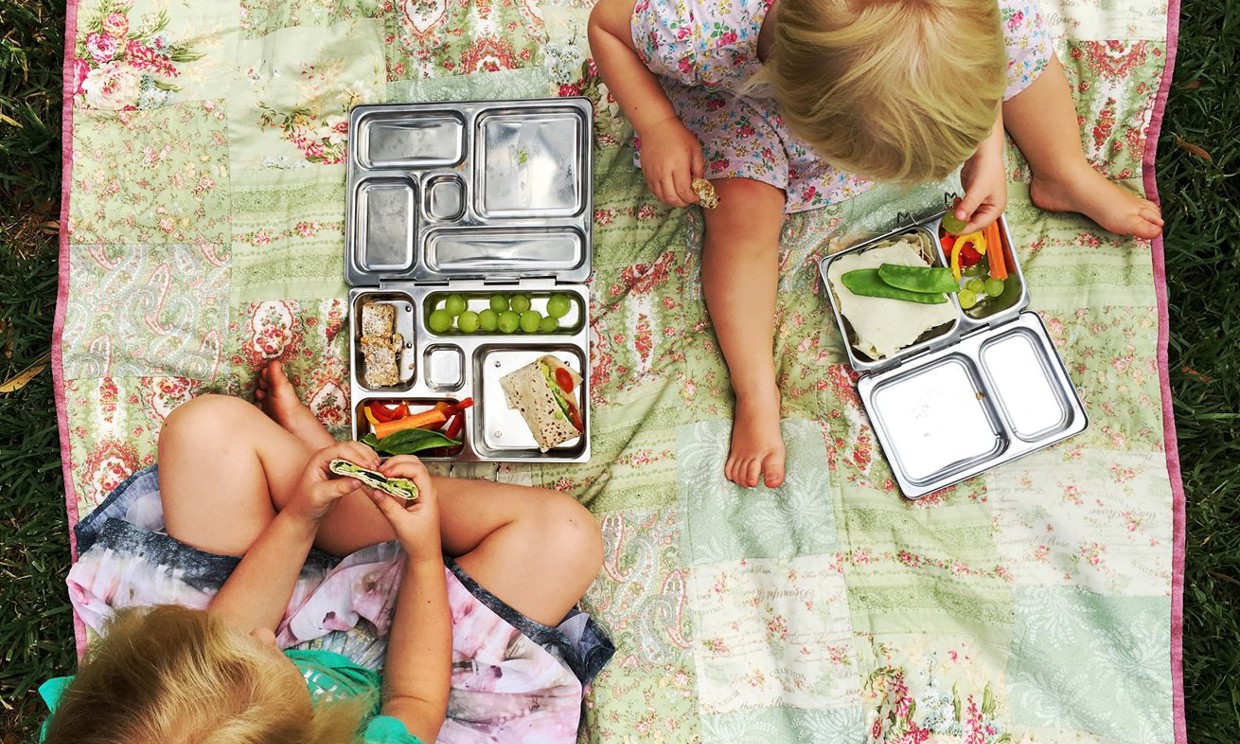Fish curry with quinoa or brown rice for lunch, carrot cake balls for morning tea and roasted capsicum dip with vegetables for afternoon tea- no, they’re not on the menu at your local café, but what’s served for lunch at child care services around the country.
With many children consuming up to 80 per cent of their nutritional requirements from within their early learning environment, it has never been so important for centres to provide children with nourishing whole foods.
Nutritionist and CEO of Nourished Beginnings Katie Harding assists child care centres and families by providing food and nutrition education and nutrient dense menu plans to encourage children’s health and wellbeing.
Goodstart Welshpool uses Nourished Beginnings food plans and Centre Chef Alex Parker said the food was not only nourishing the children, but also starting a conversation around the service about healthy eating.
“Good food can help give children the best start in life and through this program we have been able to start educating children, families and our educators about healthy eating,” she said.
We sat down with Katie from Nourished Beginnings to find out more about healthy eating for families.
Why does Nourished Beginnings place a focus on child care services?
Our focus on child care services comes from my own experience working in the industry as a child care cook as well as being a mum of two. With many child care services becoming aware of the important role nutrition plays in a child’s health and wellbeing, they can see the positive impact they as a centre can have. Centres want to make a healthy change and we give them the education and tools they need to succeed.
Do you have any practical tips to encourage our children to enjoy healthy foods?
Encouraging children to enjoy healthy foods comes down to how you eat as a family and the values you have around food. How you role model eating habits as a family or child care service can play a crucial role in setting children up with lifelong healthy eating habits. To encourage your children to enjoy healthy foods:
As a Nutritionist working with adults, often the most difficult habit to change is diet. Our food beliefs are ingrained from an early age and we don’t like to be told what we can and can’t eat. This is why it is so important to set our children up with healthy food habits from a young age. The health benefits to be gained from having a healthy relationship with food are vast. Some benefits include:
Have you got any healthy recipes you can share to help us encourage our children to love fresh and healthy foods?

Broccoli Tots
(Makes 40)
2 whole broccoli, roughly chopped
1/4 red onion, roughly chopped
1/2 cup cheddare cheese
1/2 cup parmesan cheese
4 eggs
1 cup rolled oats
Salt and pepper to season
With many children consuming up to 80 per cent of their nutritional requirements from within their early learning environment, it has never been so important for centres to provide children with nourishing whole foods.
Nutritionist and CEO of Nourished Beginnings Katie Harding assists child care centres and families by providing food and nutrition education and nutrient dense menu plans to encourage children’s health and wellbeing.
Goodstart Welshpool uses Nourished Beginnings food plans and Centre Chef Alex Parker said the food was not only nourishing the children, but also starting a conversation around the service about healthy eating.
“Good food can help give children the best start in life and through this program we have been able to start educating children, families and our educators about healthy eating,” she said.
We sat down with Katie from Nourished Beginnings to find out more about healthy eating for families.
Why does Nourished Beginnings place a focus on child care services?
Our focus on child care services comes from my own experience working in the industry as a child care cook as well as being a mum of two. With many child care services becoming aware of the important role nutrition plays in a child’s health and wellbeing, they can see the positive impact they as a centre can have. Centres want to make a healthy change and we give them the education and tools they need to succeed.
Do you have any practical tips to encourage our children to enjoy healthy foods?
Encouraging children to enjoy healthy foods comes down to how you eat as a family and the values you have around food. How you role model eating habits as a family or child care service can play a crucial role in setting children up with lifelong healthy eating habits. To encourage your children to enjoy healthy foods:
- Sit down as a family and enjoy mealtimes together. Even if this is just on the weekends when you have more time, it is important to create a joyful, relaxed environment around mealtimes.
- Deconstruct meals to allow more choice. Children love to be independent and allowing them some choice when it comes to their meals encourages them to express this independence in a constructive way.
- Get them cooking! I know as a mum myself this often seems like more mess than it’s worth but getting your children into the kitchen so that they can see love and effort that goes into making their meals will contribute to their relationship with food later in life.
- Don’t offer ‘treat food’ as a reward. Offering things like lollies and chocolate as a reward for good behaviour teachers children to associate unhealthy foods with positive behaviour. Instead for example, offer a sticker or a stamp. Children love these just as much!
- Role model good eating habits. This not only relates to the food you eat but also the way you talk about food and the example you are setting with regards to body image.
What if you have a picky eater- how do you introduce foods they might not want to try?
Managing fussy eaters is one of the biggest frustrations of the families and centres I work with. Here are some tips to encourage fussy eaters:
- Prepare for success. Have your meals planned ahead of time to reduce a stressful environment around mealtimes (less stress for you and less stress for your children).
- Always offer foods that the family are having first. Continue to offer a variety of foods in a stress free environment. If they don’t eat it, move on without making a fuss and try again at the next mealtime.
- As mentioned above, deconstruct meals to allow children more choice and independence. For example, let’s say you’ve made a curry. There are peas in the curry and your child doesn’t like peas. Even though you’ve removed the peas from their dish, they still won’t eat it. By deconstructing the curry with individual bowls of rice, curry sauce, yoghurt and a few separate vegetables served in the middle of the table allows your child to assert that independence. Over time they will begin to make healthy choices for themselves.
- Try preparing / cooking foods in different ways. For example, offer broccoli raw, steamed, finely chopped or fully cooked. Fussy eating can often be a sensory issue and they may just prefer it cooked a particular way.
As a Nutritionist working with adults, often the most difficult habit to change is diet. Our food beliefs are ingrained from an early age and we don’t like to be told what we can and can’t eat. This is why it is so important to set our children up with healthy food habits from a young age. The health benefits to be gained from having a healthy relationship with food are vast. Some benefits include:
- Improved moods and more energy to enjoy the things we love.
- Reduced risk of developing diseases such as heart disease, diabetes and depression.
- Improved sleep.
- Weight control.
- Strong, healthy bones (less chance of developing osteoporosis later in life)
- Self-confidence from a positive body image mindset.
Have you got any healthy recipes you can share to help us encourage our children to love fresh and healthy foods?
Broccoli Tots
(Makes 40)
2 whole broccoli, roughly chopped
1/4 red onion, roughly chopped
1/2 cup cheddare cheese
1/2 cup parmesan cheese
4 eggs
1 cup rolled oats
Salt and pepper to season
- Preheat oven to 200°C.
- Line a tray with baking paper.
- Place the broccoli into a large pot/steamer and cook until tender. Drain and set aside to cool slightly.
- Place the oats into the food processor and process until fine. Tip into a large bowl.
- Place the onion and broccoli into the food processor and process until finely chopped.
- Add the broccoli mixture to the oats along with the cheeses, eggs and seasoning. Mix to combine.
- Form into balls (golf ball size) and place on the baking tray.
- Place into the oven for 20 - 30 minutes or until golden.


